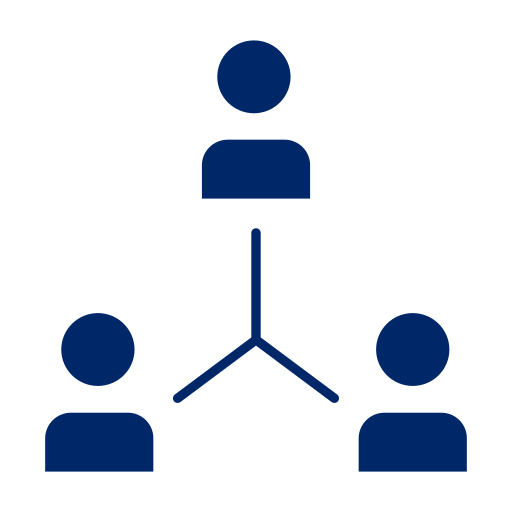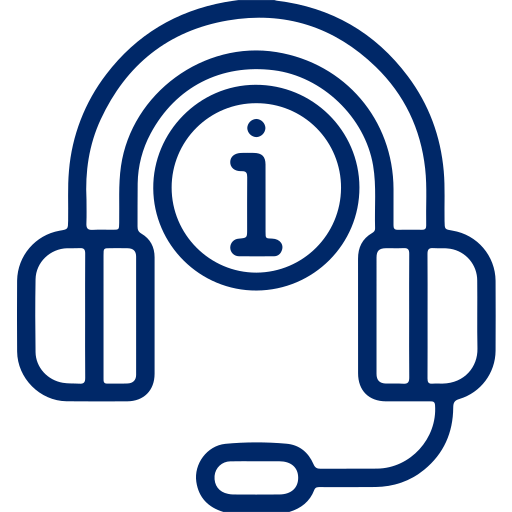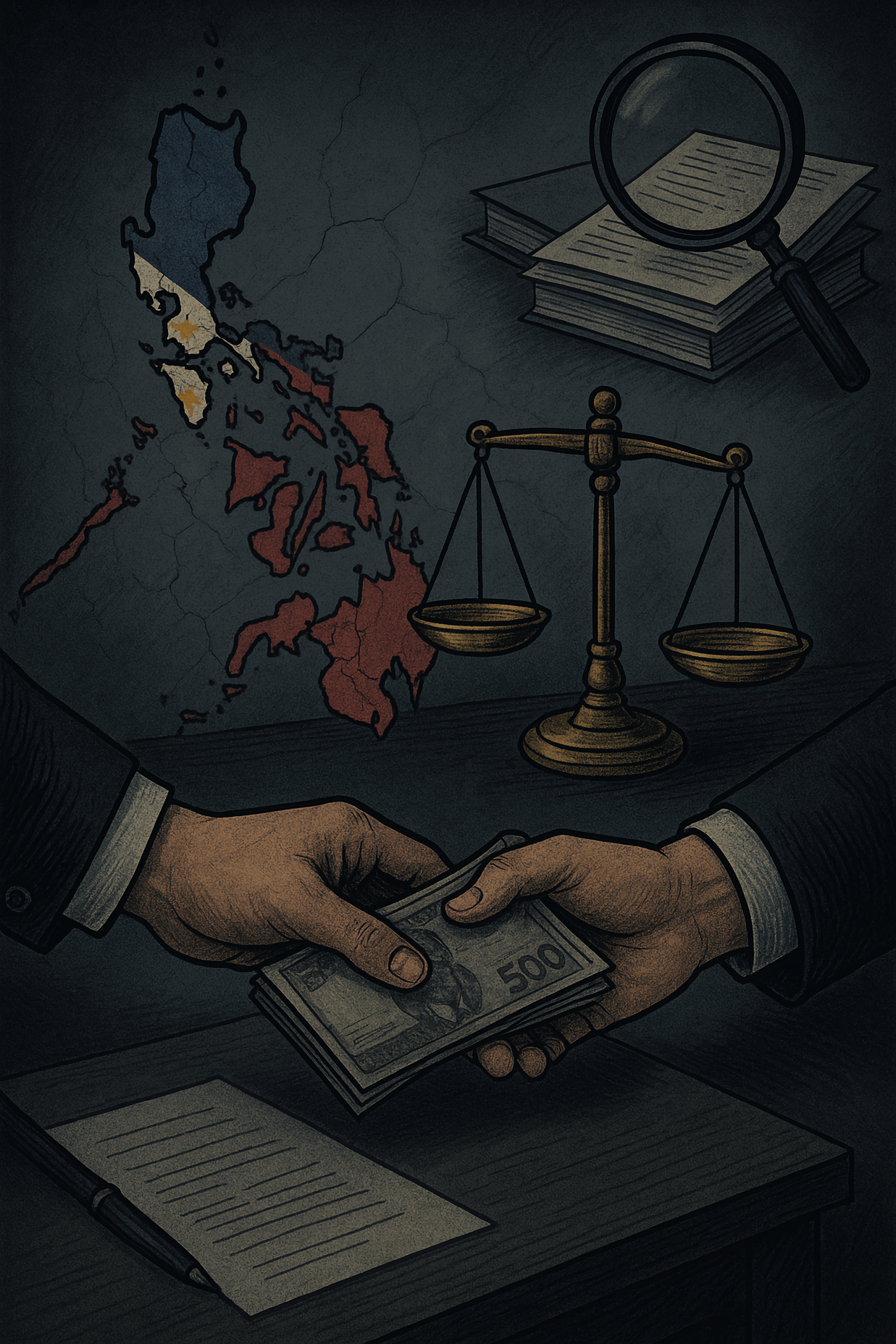Writer : Shavira Dina Arumdapta I Editor : Muhammad Fahrezi Syahputra
Corruption in the Philippines: Structural Challenges and Prospects for Reform
Corruption remains a deeply entrenched and multifaceted issue in the Philippines, continuously obstructing socio-economic development and undermining public trust in government institutions. Its manifestations span from everyday petty bribery to grand-scale scandals involving high-ranking officials and complex, entrenched networks. A nuanced understanding of the historical roots, evolving forms, and far-reaching consequences of corruption is essential to crafting effective, lasting solutions.
A Structural View of Corruption
Recent academic literature offers fresh insights into the nature of corruption in the Philippines. In his 2024 article “Corruption as a Social Structure in the Philippines”, Andrew Guth presents a compelling argument: corruption in the Philippines is not merely the result of individual malfeasance, but functions as a socially embedded structure. Guth contends that the same social ties and networks that often strengthen community solidarity are exploited to perpetuate corruption. In this context, patronage—central to Filipino political and social life—blurs the line between mutual support and corrupt exchange, making it difficult to disentangle genuine loyalty from self-serving favoritism. The depth of this integration renders corruption particularly resistant to reform, as it permeates governance, politics, and development initiatives.
Forms and Mechanisms of Corruption
Corruption in the Philippines is diverse and continuously adapting. Carandang and Balboa-Cahig (2020), in their systematic review, catalog persistent forms such as non-compliance with procurement laws, technical malversation, the influence of political dynasties, the creation of “ghost” projects, and discrepancies in asset declarations. Vote buying remains widespread, especially among economically vulnerable populations—a pattern reinforced by Guth’s findings.
Mark Johnston’s (2023) notion of “Oligarch-and-Clan Corruption” is also particularly pertinent. He describes how elite families leverage political and economic capital for personal gain, further entrenching inequality and institutional capture. The legacy of massive wealth accumulation by figures like former President Ferdinand Marcos serves as a stark historical precedent, highlighting the long-standing systemic nature of elite corruption.
Consequences of Corruption
The impacts of corruption are profound:
-
Economic Impact: Corruption distorts markets, discourages investment, and increases the cost of doing business, ultimately inhibiting national growth.
-
Social Impact: Corruption erodes the quality and accessibility of public services. Azfar and Gurgur (2007) establish a direct negative relationship between corruption and key social indicators such as healthcare access, immunization rates, and educational attainment. The most marginalized segments of society suffer the most.
-
Institutional Impact: Widespread corruption undermines the rule of law, delegitimizes public institutions, and fosters cynicism and disengagement among citizens. It may also incite social unrest and political instability.
Anti-Corruption Efforts
The Philippine government has made various attempts to curb corruption:
-
Institutional Mechanisms: Key agencies include the Office of the Ombudsman and the Sandiganbayan (anti-graft court), tasked with investigating and prosecuting corrupt officials.
-
Legal and Policy Reforms: These include public procurement reforms, asset disclosure laws, and transparency initiatives.
-
Civil Society and Media Involvement: Investigative journalism, advocacy groups, and public watchdogs have played vital roles in exposing corruption and holding power to account.
-
International Support: Organizations such as the World Bank and UNDP have contributed technical assistance and funding to support anti-corruption efforts.
Barriers to Progress
Despite these measures, the battle against corruption faces enduring challenges. Hutchcroft (2014) highlights the dominance of personalistic politics and micro-level patronage as key obstacles. The enforcement of anti-corruption laws is often weak, and political will tends to be inconsistent or performative. Quah (2018) notes the low perceived risk of detection and punishment, which fosters a culture of impunity.
Tusalem (2024) emphasizes that even presidents who campaign on anti-corruption platforms often fall short due to weak institutional support, lack of genuine reform coalitions, and tendencies toward selective prosecution. This undermines the credibility of anti-corruption campaigns and entrenches public skepticism.
A Path Forward
A comprehensive, systemic strategy is essential to meaningfully address corruption in the Philippines. Key components should include:
-
Strengthening Institutions: Provide anti-corruption bodies with greater independence, resources, and enforcement capabilities.
-
Enhancing Transparency: Promote open governance practices, including digital procurement systems and public access to government data.
-
Civic Engagement: Foster active participation from civil society, media, and the private sector in monitoring and advocacy.
-
Cultural Transformation: Promote education campaigns and value formation that emphasize ethics, accountability, and public service integrity.
-
Political Reform: Address the dominance of dynastic politics and incentivize merit-based leadership through electoral and party reforms.











